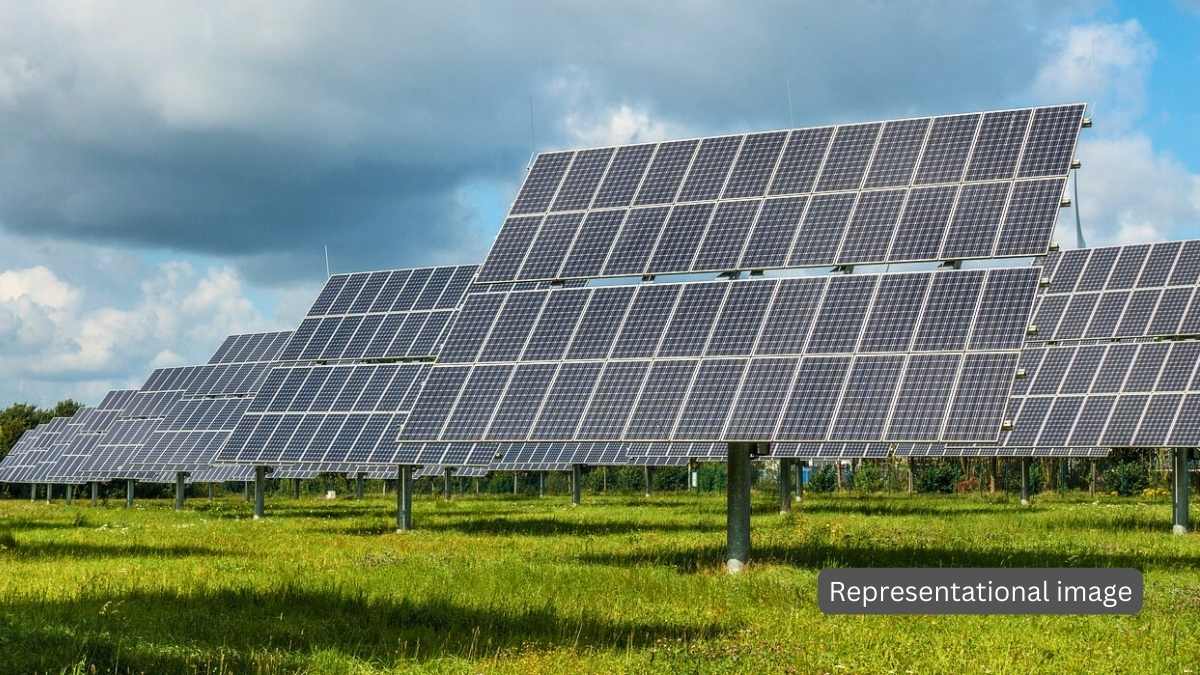
Can India beat China in the energy race?
India and China are at the forefront of the global energy landscape, with both countries making significant strides in renewable energy development. A comparative analysis of their energy policies and deployment strategies reveals interesting insights into their potential to lead the energy race.
India, aiming to generate a substantial portion of its electricity from renewable sources like wind and solar energy by 2030, is positioning itself as a key player in the renewable energy sector. On the other hand, China has already surpassed the United States as the world’s largest energy consumer, displaying remarkable growth in its energy consumption.
India’s renewable energy sector, although initially slower in development compared to China, is showing promising signs of progress. The country’s solar energy policy, particularly through solar energy auctions, has demonstrated strength in various renewable energy policy indicators, showcasing strong institutional feasibility. This indicates that India has the potential to achieve energy security and sustainable development, leveraging its renewable energy resources effectively.
In contrast, China’s energy security debate and its rapid expansion in solar capacity highlight its dominance in the global energy scene. With a more advanced solar energy policy, greater access to resources, and strong government support, China has been able to significantly expand its solar energy deployment and manufacturing sectors.
The case study on whether India can beat China in the energy race presents a dynamic narrative of two major players in the energy sector. While China currently leads in energy consumption and solar capacity, India’s strategic focus on renewable energy and the strengthening of its policies position it as a formidable contender in the global energy race, showcasing the potential for a sustainable energy future driven by technological advancements and policy innovations.

